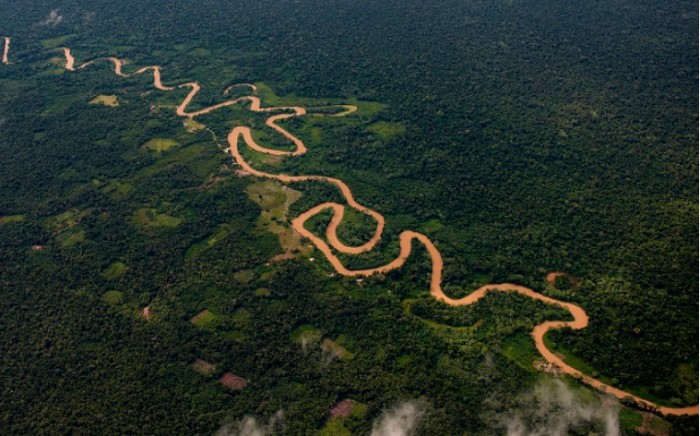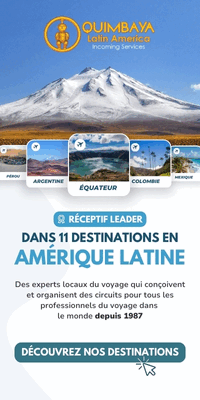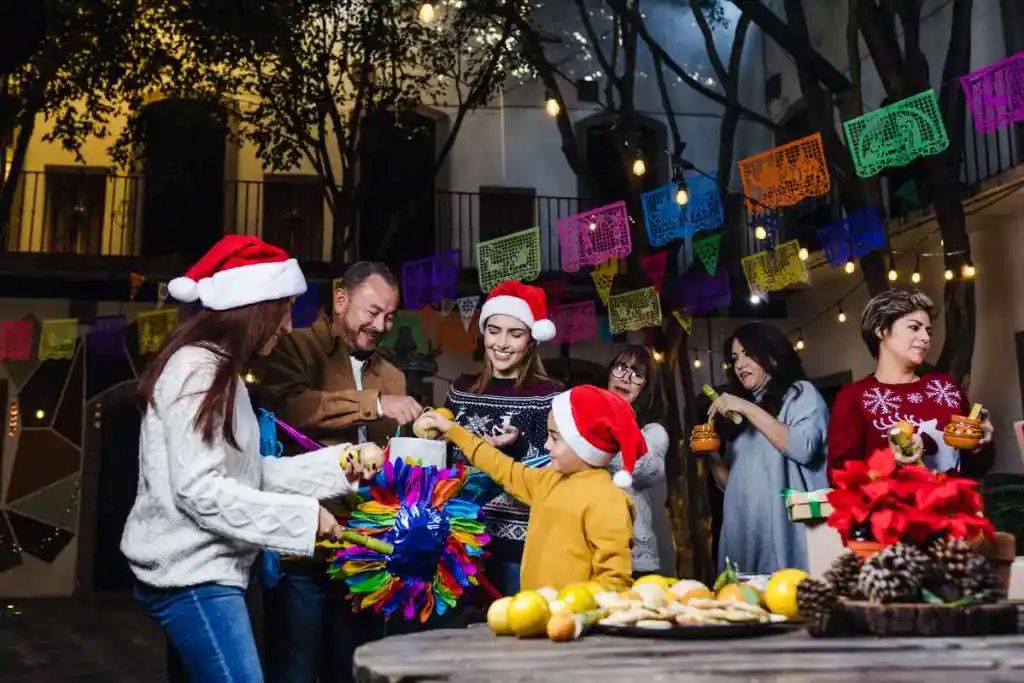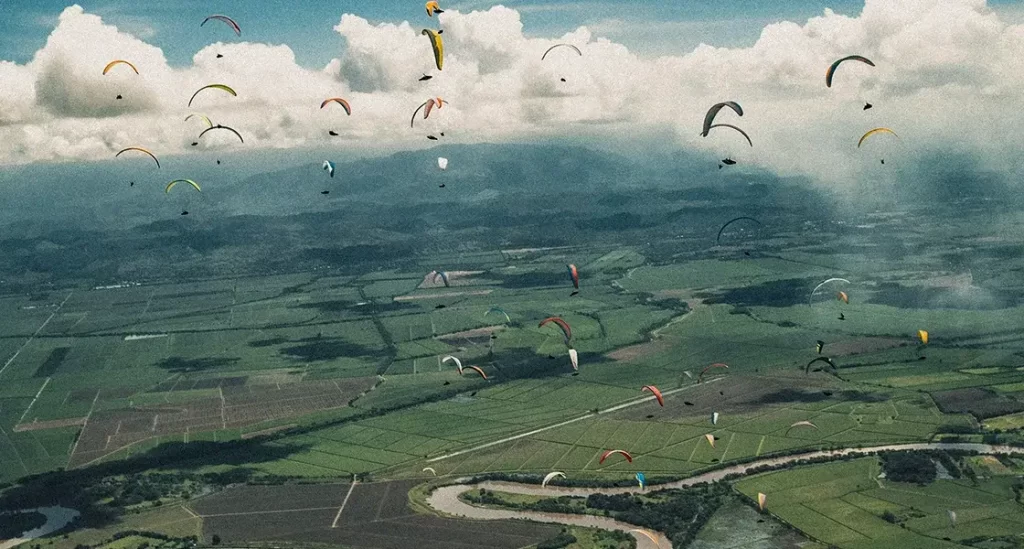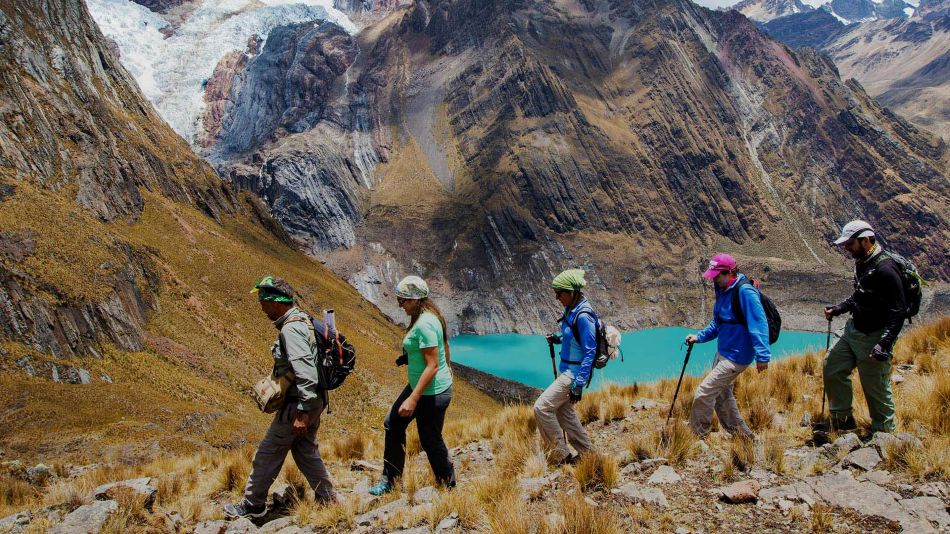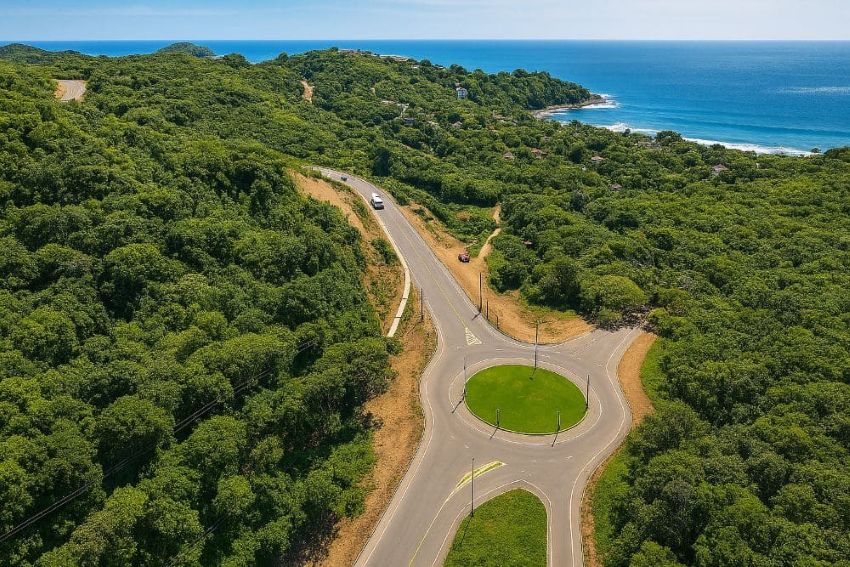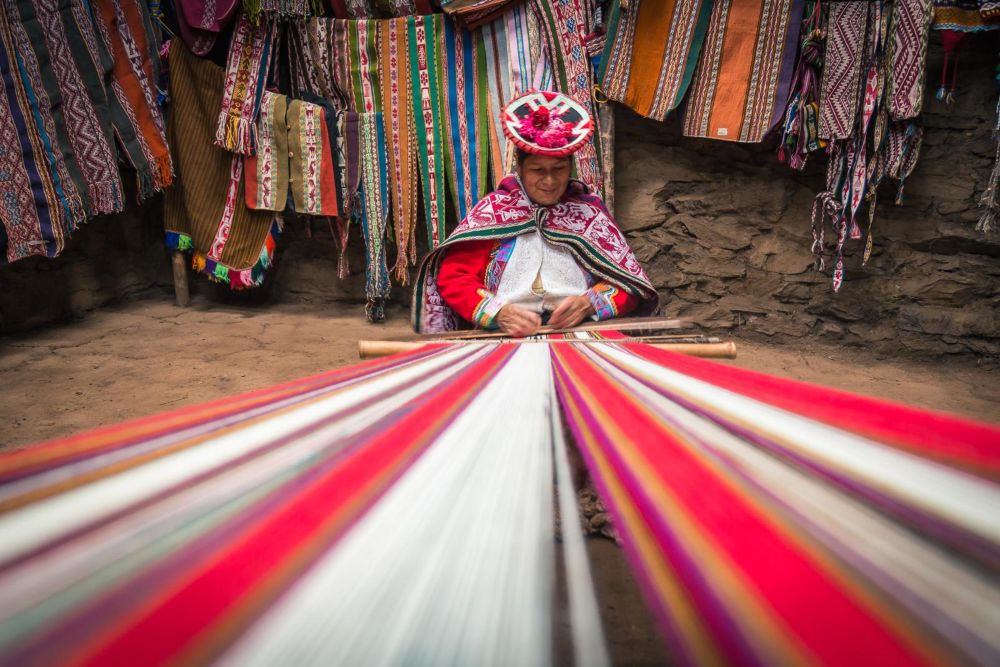Le Pérou célèbre une avancée majeure dans la protection de ses peuples autochtones avec la création officielle de la Réserve Indigène Sierra del Divisor Occidental. Située dans les régions de Loreto et Ucayali, cette réserve représente une victoire après près de vingt ans de lutte incessante menée par les communautés indigènes et les organisations de défense des droits de l’homme.
Une Décision Attendue depuis Deux Décennies
Le gouvernement péruvien a enfin donné son feu vert en publiant un décret officiel pour la création de cette réserve, qui couvre une vaste zone de forêt amazonienne, riche en biodiversité. Cette décision historique intervient après des années de plaidoyer et de pression de la part des peuples autochtones, qui ont toujours souligné l’importance de protéger leurs terres ancestrales contre les menaces croissantes de déforestation, d’exploitation minière illégale et de projets d’infrastructure non durables.
L’Importance de la Réserve Indigène Sierra del Divisor Occidental
La nouvelle réserve s’étend sur une superficie considérable et abrite plusieurs communautés indigènes vivant en isolement volontaire. La région est connue pour sa biodiversité exceptionnelle, abritant une variété d’espèces végétales et animales uniques. En protégeant cette zone, le Pérou non seulement préserve un précieux écosystème, mais reconnaît également les droits des peuples indigènes à vivre selon leurs traditions et leurs coutumes, en harmonie avec la nature.
Les Peuples Autochtones Concernés
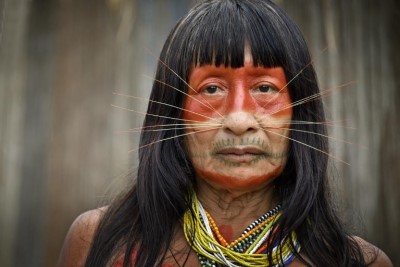
La réserve indigène Sierra del Divisor Occidental est habitée par 25 groupes autochtones, notamment les Mayoruna (Matsés), les Isconahua, les Iskonawa et les Capanahua et dont la population est estimée à plus de 7 000 personnes. Ces communautés ont des modes de vie traditionnels et dépendent fortement de la forêt pour leur subsistance. Les Mayoruna, également connus sous le nom de Matsés, sont réputés pour leurs vastes connaissances en médecine traditionnelle et en plantes médicinales. Les Isconahua et les Iskonawa, en revanche, sont des groupes plus petits qui vivent en isolement volontaire, ce qui rend leur protection encore plus cruciale. Les Capanahua, avec leur riche culture linguistique et leurs pratiques agricoles durables, contribuent également à la diversité culturelle de la région.
Un Symbole de Résilience et de Protection Culturelle
Bien plus qu’une simple désignation géographique, la création de la création de la Réserve Indigène représente un symbole de résilience pour les communautés indigènes qui ont longtemps lutté pour la reconnaissance et la protection de leurs terres. Cette initiative renforce également le rôle des peuples autochtones en tant que gardiens de la forêt amazonienne, soulignant l’importance de leurs connaissances traditionnelles dans la conservation de la biodiversité.
Le Soutien des Organisations et des Instances Gouvernementales
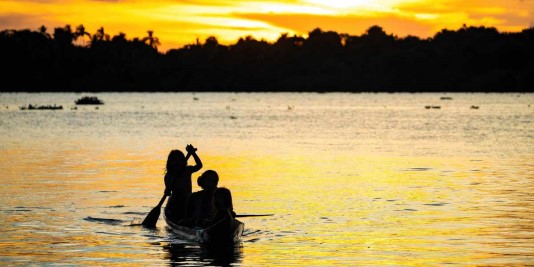
La création de cette réserve a été possible grâce au soutien indéfectible de diverses organisations non gouvernementales, des défenseurs des droits de l’homme et des agences gouvernementales péruviennes. Le ministère de la Culture, en particulier, a joué un rôle crucial en collaborant avec les communautés locales pour assurer que leurs voix soient entendues et leurs besoins respectés. Cette collaboration exemplaire montre comment les efforts conjoints peuvent mener à des résultats positifs pour la protection des droits des peuples indigènes et de l’environnement.
Perspectives d’Avenir
La réserve indigène Sierra del Divisor Occidental est désormais un modèle de protection des terres indigènes en Amérique latine. Elle met en lumière l’importance de reconnaître et de respecter les droits des peuples autochtones, tout en promouvant des pratiques de conservation durable. Ce succès pourrait inspirer d’autres pays de la région à adopter des mesures similaires pour protéger leurs propres communautés indigènes et leurs écosystèmes naturels.
La création de cette nouvelle réserve indigène est une étape cruciale dans la lutte pour la protection des droits des peuples autochtones au Pérou. Elle représente non seulement une victoire pour les communautés locales, mais aussi un engagement fort en faveur de la préservation de l’Amazonie et de sa riche biodiversité. Pour les professionnels du tourisme, cette initiative offre une opportunité unique de promouvoir un tourisme respectueux et durable, mettant en avant les cultures et les traditions des peuples autochtones, tout en contribuant à la conservation de l’un des écosystèmes les plus précieux de la planète.

